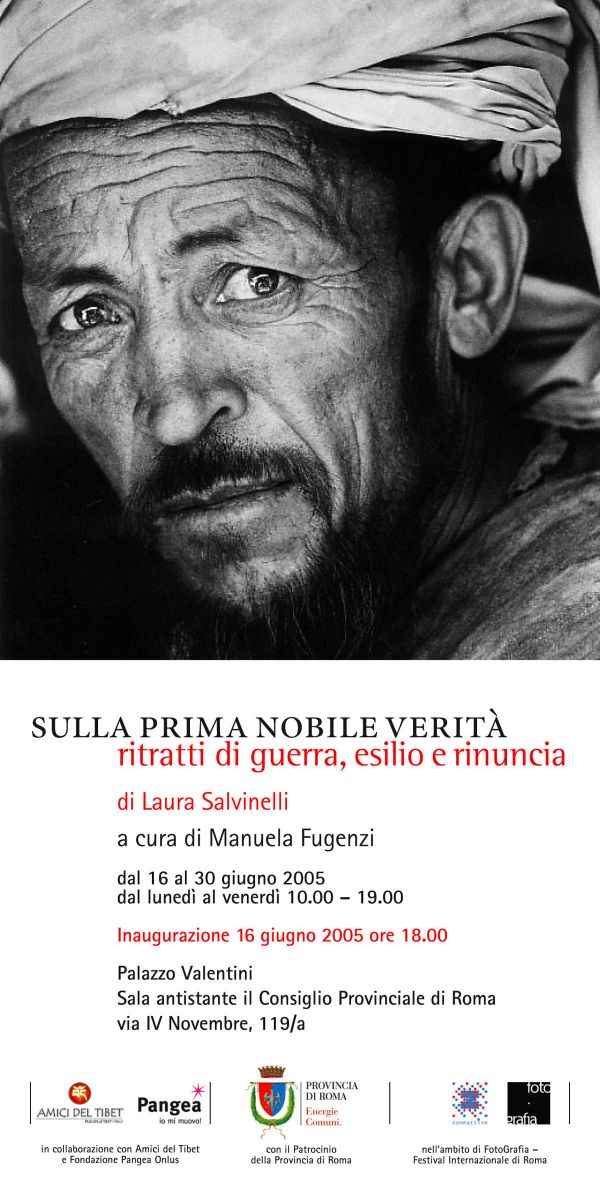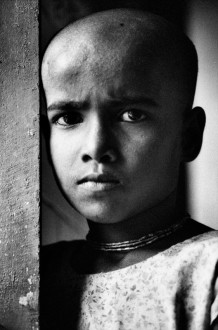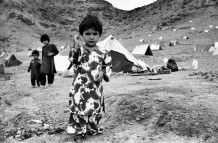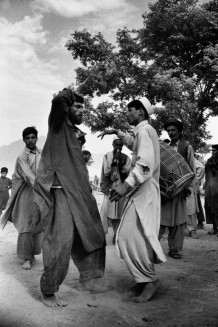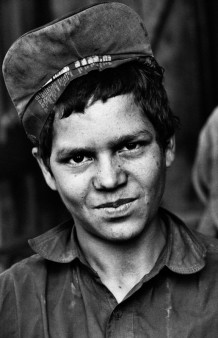ON THE FIRST NOBLE TRUTH
Portraits of War, Exile and Renunciation
The exhibition was first shown in 2005 in Rome, Palazzo Valentini, as part of FotoGrafia, the International Festival of Rome.
The "first noble truth" – at the basis of Buddhism – is the truth of universal suffering: all beings suffer. The right to portrait suffering and how to portrait suffering (if there is a right) are at the core of the reporter’s ethic. Through this series of portraits I show my personal position. I decided to work with suffering. And I chose the most compassionate, humanitarian way.
